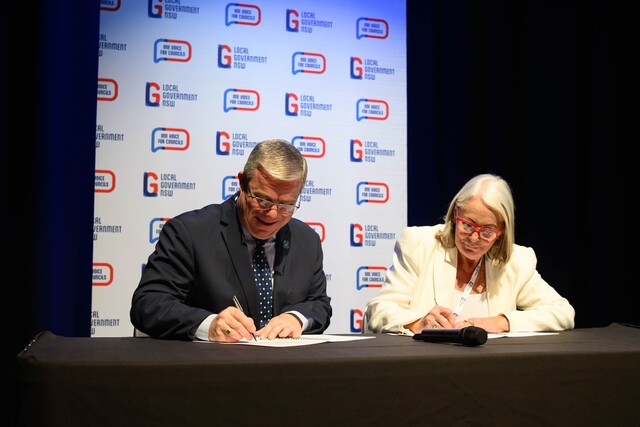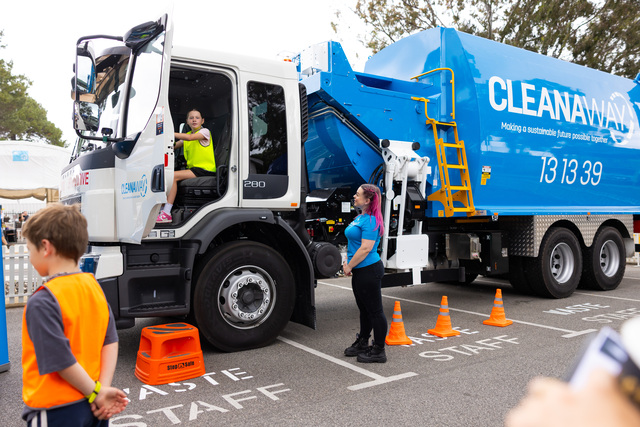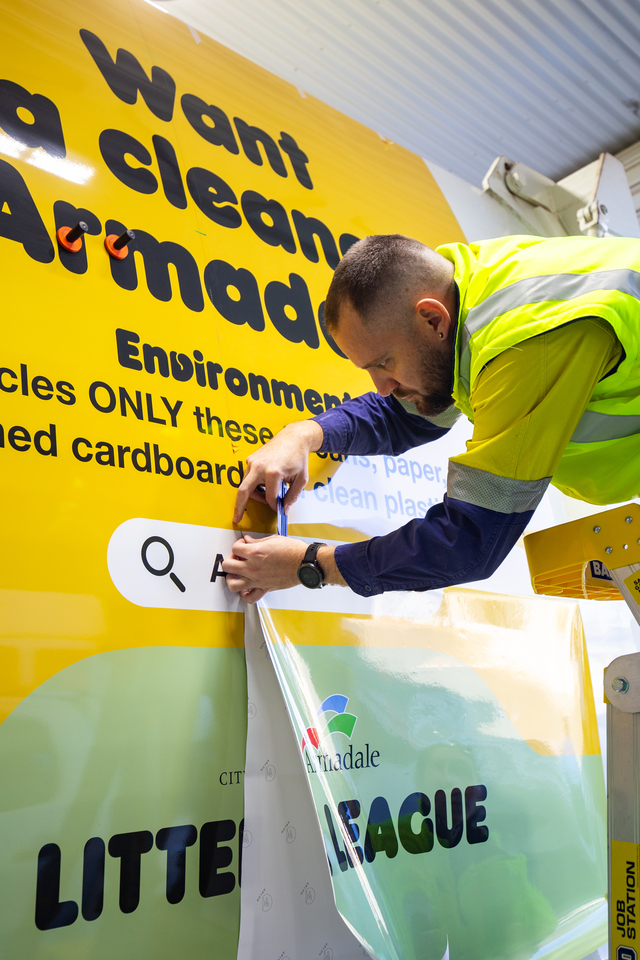Fremantle looks to the future with new Integrated Transport Strategy
The City of Fremantle is tackling the future transport needs of the bustling port city with a groundbreaking new Integrated Transport Strategy (ITS) adopted by council in March 2015.
The strategy, which was inspired by the City’s strategic imperative to ‘lead in the provision of environmentally and economically sustainable transport solutions’, will act as the overarching strategic direction to guide future transport initiatives in Fremantle.
The ITS responds to emerging transport technologies and the effects of peak oil and at its heart advocates a Transit Orientated Development and alternative transport approach to the growing issues of urban sprawl and traffic congestion in the Perth metropolitan area.
“Western Australia has been going through a period of massive change led by an unprecedented rate of population growth that has challenged governments at all levels,” said Fremantle Mayor Dr Brad Pettitt.
“Transport has become one of the biggest issues we’re facing as a state but many of the solutions will start at the local level.
“For council, this strategy is about looking at the big picture and emerging transport and social trends and planning ahead with the whole of Perth in mind, not just Fremantle.
“It also acknowledges that land use planning and transport are fundamentally linked.”
One of the cornerstones of the strategy is prioritising pedestrians and bicycle users over vehicles, particularly in the Fremantle city centre.
“Progressive cities around the world are devoting a lot of time and energy to the safety and amenity of walking and cycling and although there will always be a need for cars as private transport, to be sustainable in the future we have to increase our uptake of alternative and public transport.
“We’ve already made some big improvements to our cycling infrastructure including dedicated bike lanes, prominent signage and better end of trip facilities for cyclists. We’ve also recently trialed road closures in central Fremantle to ‘pedestrianise’ key locations.”
Along with alternative and public transport, the strategy also addresses key regional issues including the impact of the port freight rail links and how best to minimise impacts on the environment and surrounding communities.
“As a key strategic centre and WA’s major cargo port, Fremantle relies heavily on freight transport links,” said Dr Pettitt.
“Providing efficient road and rail access will continue to underpin many transport and infrastructure decisions impacting Fremantle.
“Consideration is required to growing environmental and residential concerns as a result of increased freight movement and the announcement of the Federal Government’s $925m ‘Perth Freight Link’ project.”
As part of the ITS, the City acknowledges the need for a strategic long-term infrastructure investment plan with a preference to increase freight movements by rail networks.
This method will reduce the increase in truck traffic (resulting in significant reductions in emissions and road congestion), in line with the state government’s target of 30 percent freight on rail by 2031.
There is also a plan for a light rail network through the Fremantle area.
The City believes the capacity of light rail would be ideal in connecting Fremantle to surrounding growth corridors and enabling greater density to achieve the goals of the state government’s overarching planning framework, Directions 2031.
Although a long-term goal, the light rail proposal is embedded into the City’s current land-use planning in order to progress if future state government
funding is provided.
The concept has received positive media coverage following its inclusion in the visionary Freo 2029: Transformational Moves document launched in
March 2015.
The Integrated Transport Strategy will be available on the City of Fremantle’s website in April 2015.








